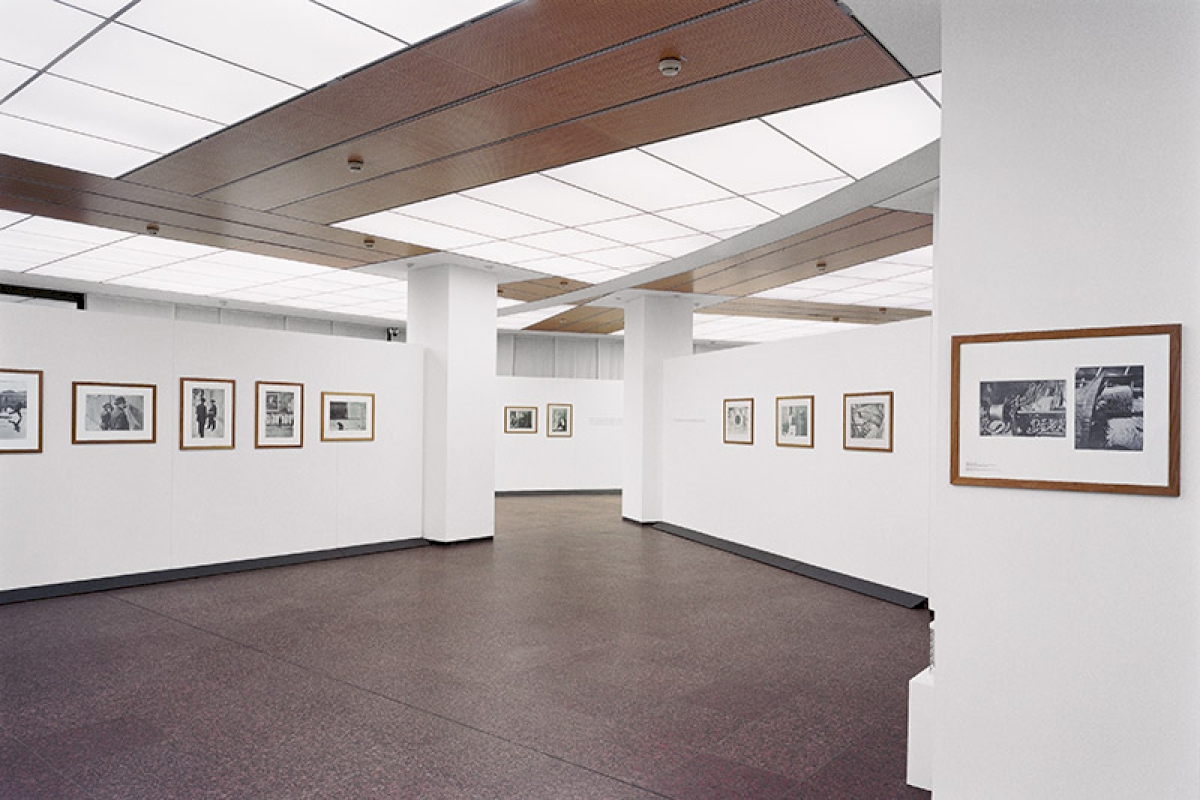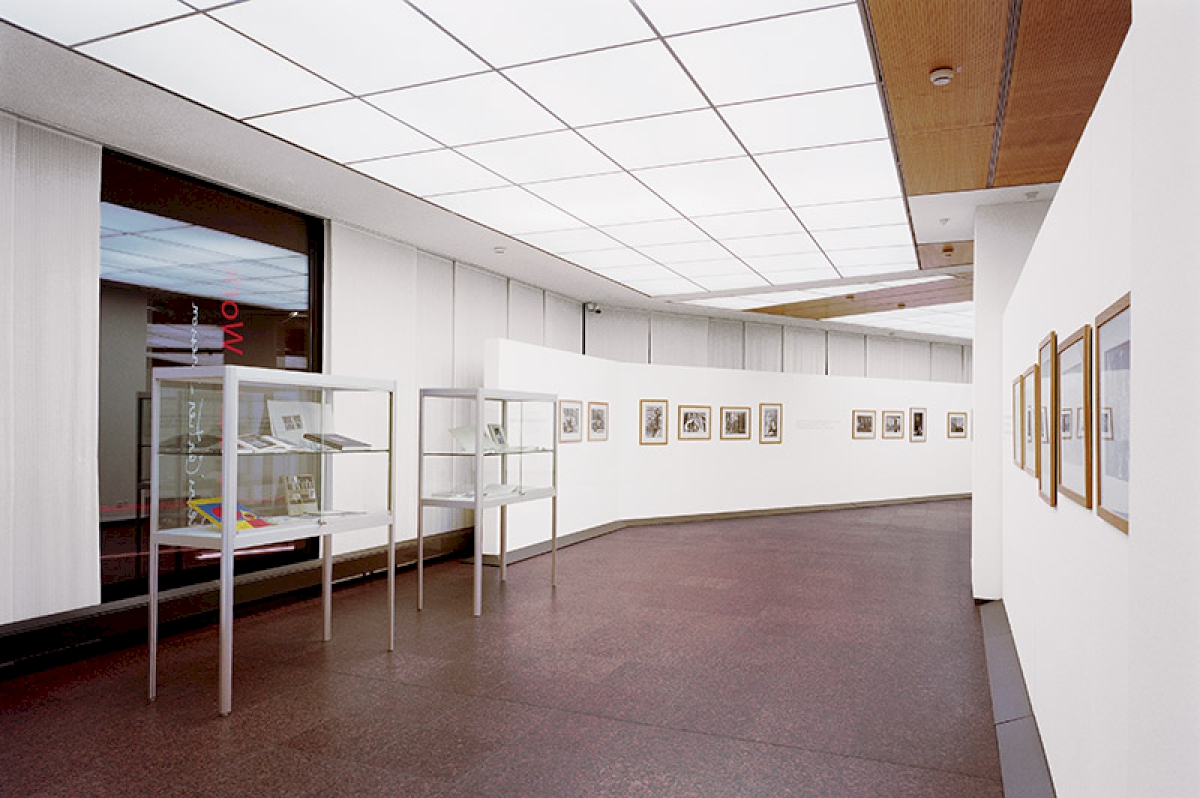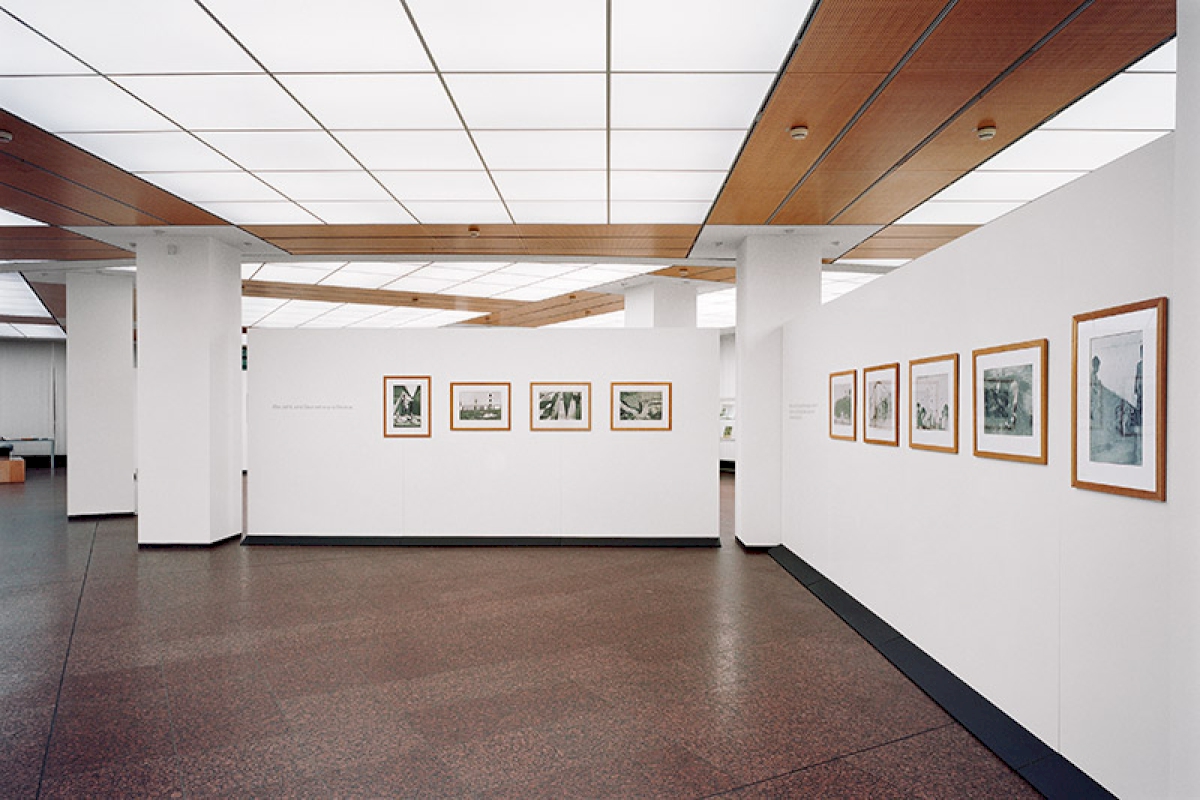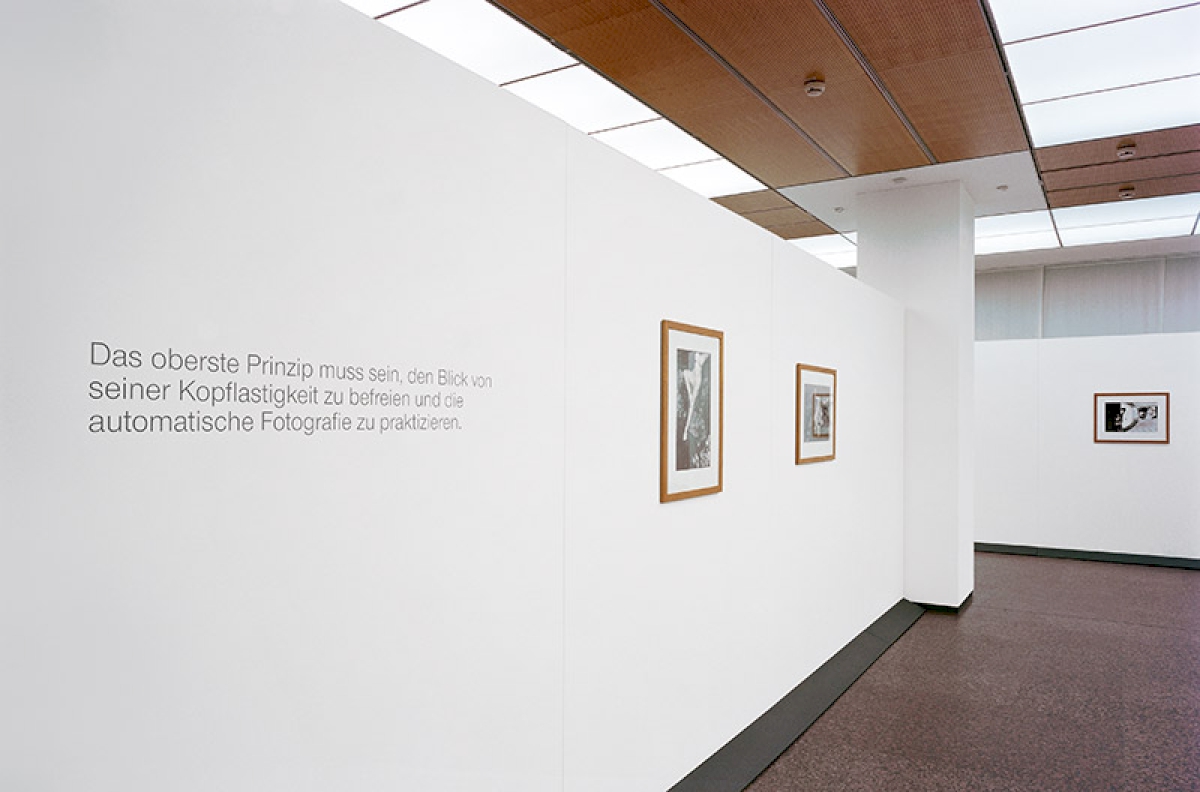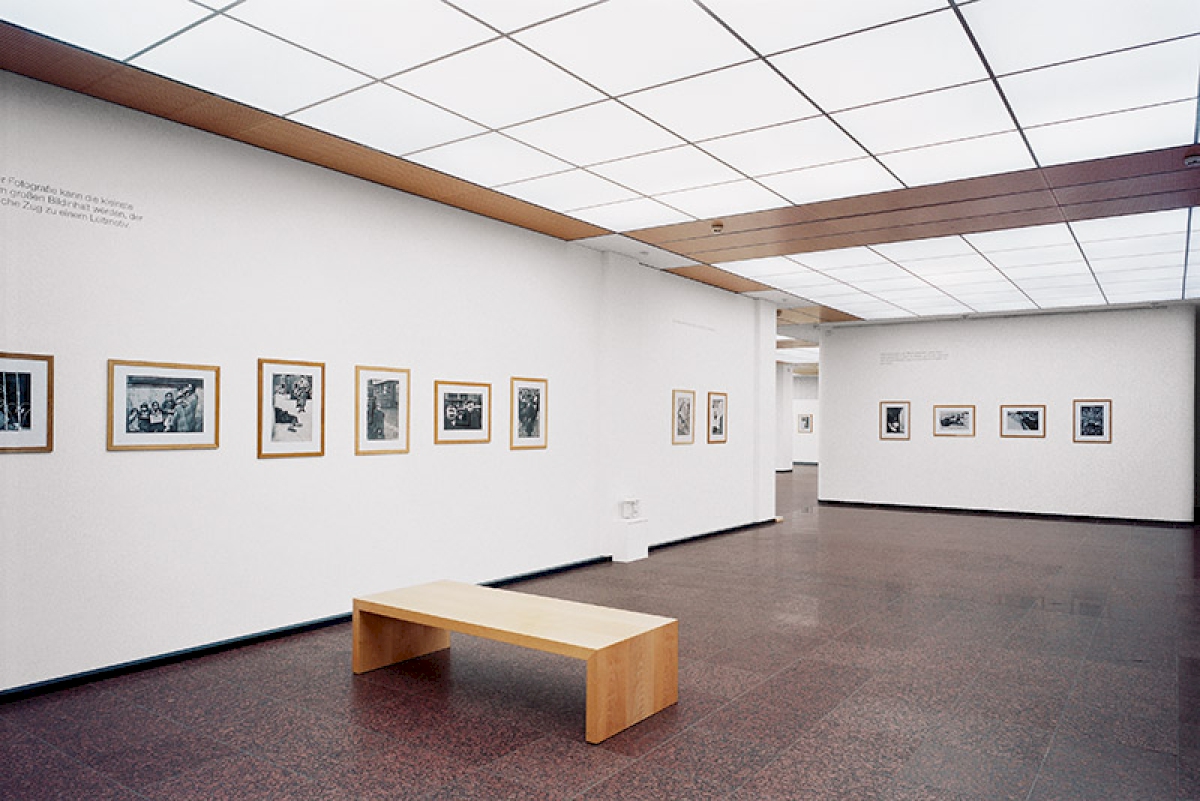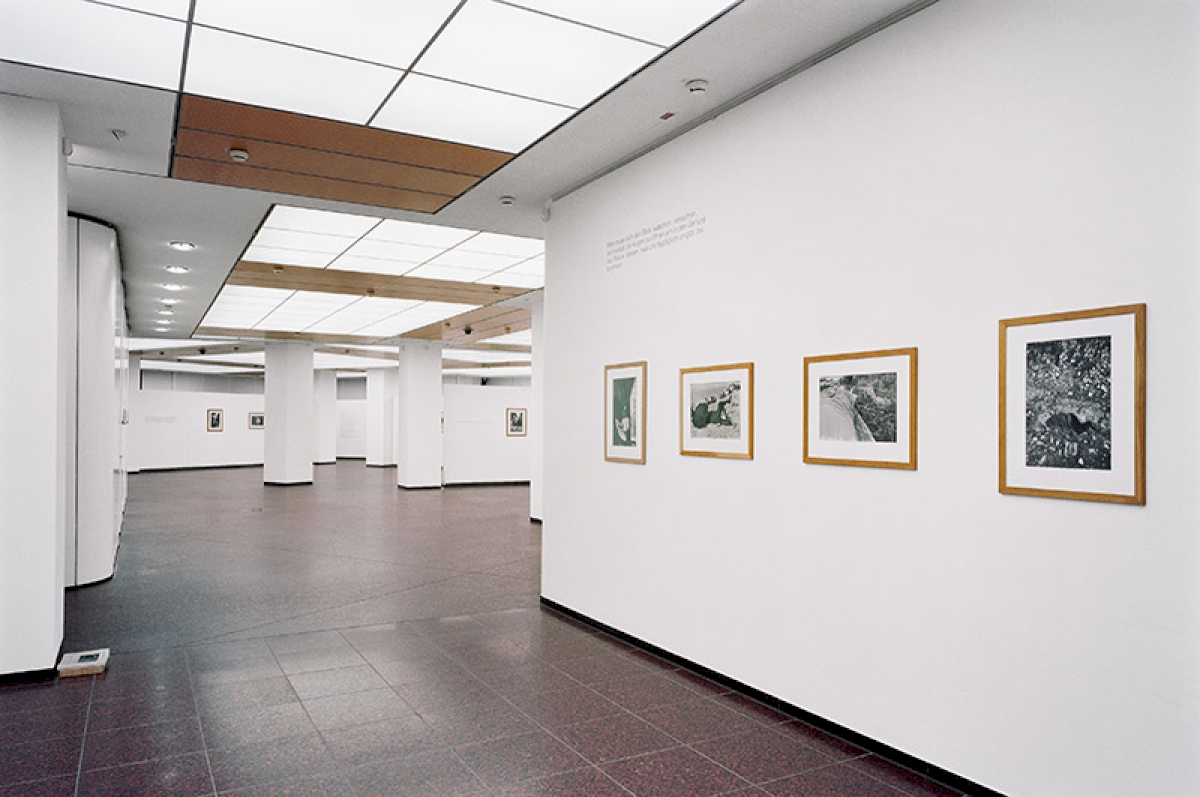Henri Cartier-Bresson: The early work.
Henri Cartier-Bresson (1908 - 2004) ranks among the most prominent photographers of the 20th century. He took portraits of political and public figures while also displaying respect for the many who remained nameless. He was a humanist and a revolutionary. In 1947 he and Robert Capa, David Seymour, George Rodger, and Bill Vandivert founded the famous Magnum agency, which maintains offices in New York, Paris, London, and Tokyo to this very day.
In celebration of the agency’s 60th anniversary, the Versicherungskammer Bayern is now hosting the legendary Museum of Modern Art exhibition “Henri Cartier-Bresson: The Early Work.”
The son of a wealthy Parisian textile manufacturer, Henri Cartier-Bresson initially studied painting. He was interested in modern literature (including Rimbaud, Dostoyevsky, and Schopenhauer), contemporary music, and avant-garde art. He found the rebellious attitude of Surrealism especially appealing because it confirmed his own energetic rejection of middle-class society. In 1932 he purchased a Leica. It’s newly developed compact size allowed him to carry the camera with him at all times, thereby enabling him to capture the “decisive moment.” What had, up to then, been a passing interest in photography now became a passion. During the early 30s he traveled through Africa, Eastern Europe, Italy, Spain, Mexico, and the USA in search of those living on the fringe of society. He spent several months in each country, “determined to ‘trap’ life - to preserve life in the act of living. Above all, I craved to seize the whole essence, in the confines of one single photograph, of some situation that was in the process of unrolling itself before my eyes.” (Henri Cartier-Bresson) His photographs from the early 30s still rank among the most original and influential works in photographic history.
Cartier-Bresson owed his fame primarily to his tremendous feel for global political events: he was living in Spain shortly before civil war broke out; he met with Mahatma Gandhi an hour before he was murdered; he was sojourning in China when the Kuomintang collapsed and the communists assumed power; he was in Berlin when work on the Wall commenced . . . Nevertheless, events in world politics and famous people are not definitive for the quality of his work. Each and every one of his photographs has the capacity to captivate the eye without any knowledge of the circumstances surrounding it. Especially in our day and age in which billions of people have taken up photography - and it has become garish, banal, and omnipresent - do we appreciate the signature style with which Henri Cartier-Bresson brings the world to us: his inquisitive eye and his feel for a well-composed picture – instinctive and deliberate at the same time. The materiality behind these images is still palpable: “In photography, the smallest thing can be a great subject. The little, human detail can become a leitmotiv.” (Henri Cartier-Bresson)

